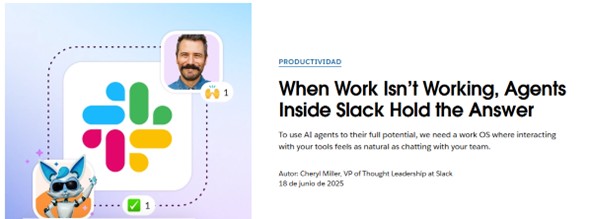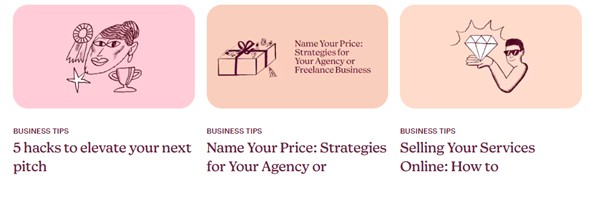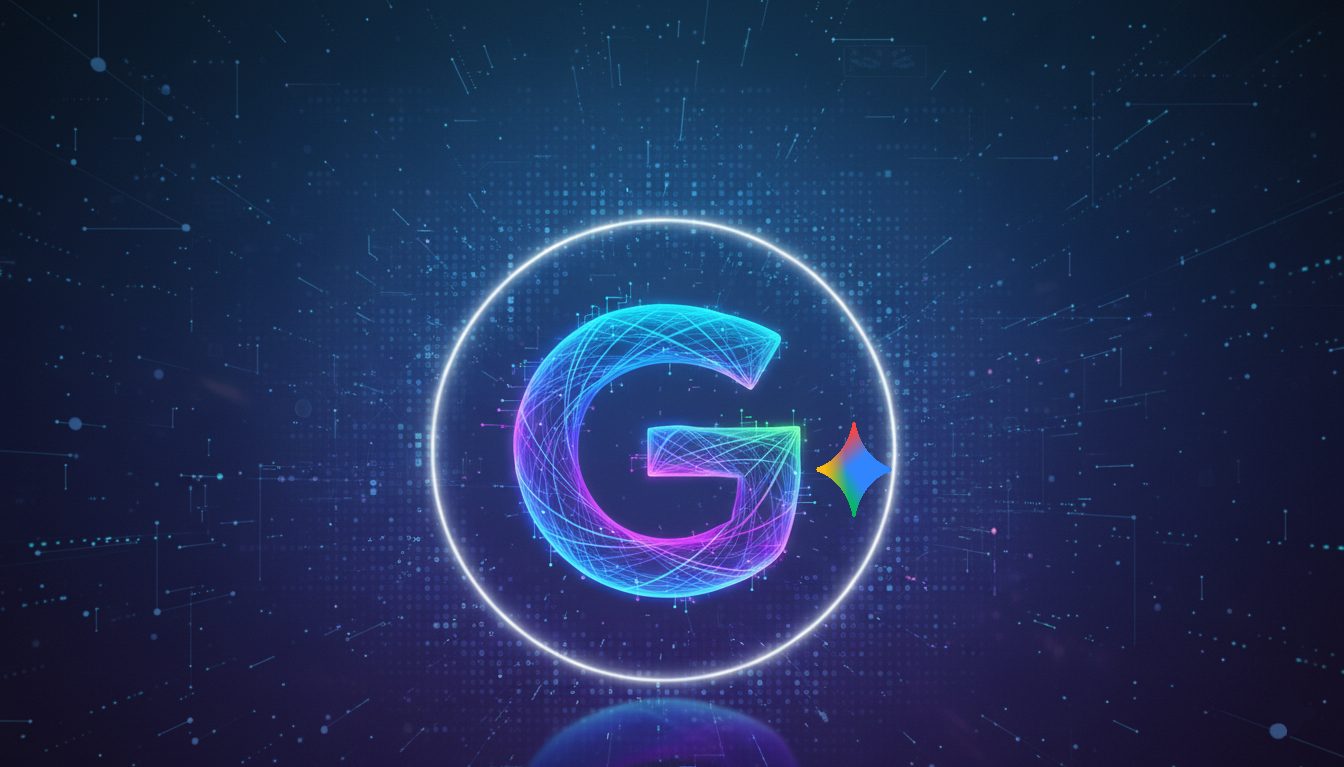Ever feel like B2B marketing is like trying to connect puzzle pieces without knowing the full picture? You have all the right pieces—your product, your services, your message—but finding how they fit with your audience can be challenging.
Inbound marketing gives you the missing image on the puzzle box, helping you see where everything connects.
In this guide, we’ll show you how inbound marketing can bring clarity to your B2B strategy. We’ll cover key principles, share practical tactics, and provide real-world examples to help you put all the pieces together.
Let’s complete the picture by aligning your marketing efforts with your audience’s needs.
Inbound marketing: what is it?

Instead of chasing after customers with flashy ads and cold calls, inbound marketing invites them to find you organically.
Traditional marketing is like blasting non-stop Taylor Swift songs on a radio station, hoping that enough people will tune in. It’s broad, popular, but not necessarily what everyone is looking for.
Inbound marketing, on the other hand, is like creating a playlist specifically designed for each listener’s taste, whether they prefer indie hits, jazz, or podcasts.
Instead of pushing content out to the masses and hoping it resonates, you’re delivering exactly what your audience wants, making them more likely to engage with your brand.
Inbound marketing centers around three core principles:
- Attract: Capture the attention of your target audience by providing helpful information and addressing their pain points.
- Engage: Nurture relationships by providing solutions and building trust through ongoing interactions.
- Delight: Exceed customer expectations and turn them into enthusiastic advocates for your brand.
How does inbound marketing achieve this? It relies on a few key strategies and we’ll be looking at these three pillars in more detail later. For now, let’s look at them briefly:
- Content Marketing: This involves creating and sharing relevant and informative content—like blog posts, videos, and ebooks—that draws in your target audience.
- SEO: By optimizing your content and website for search engines, you ensure potential customers can easily find you when they’re looking for solutions.
- Social Media Marketing: Use social platforms to connect with your audience, share your content, and participate in industry conversations.
By strategically combining these tactics into a comprehensive inbound marketing plan, you create a clear path for potential customers to discover your business, engage with your content, and ultimately make a purchase decision.
What is B2B marketing?

B2B marketing involves businesses selling products or services to other B2B companies. Unlike consumer marketing, where the focus is on individual buyers, B2B marketers target other business customers who require solutions to improve their operations.
You’re probably already aware of some of these B2B brands:
- Slack helps marketing teams chat more efficiently.
- Caterpillar sells heavy machinery to construction firms.
- And Deloitte advises on complex financial issues.
These are all examples of businesses serving other businesses, through which they are:
Building Trust
Trust is a critical aspect of a successful B2B marketing strategy. For example, a logistics software provider might show how they helped a major retailer reduce delivery times by 20%, convincing other B2B buyers of the product’s value.
Managing Longer Sales Cycles
In the B2B space, sales cycles are often longer due to multiple decision-makers. IBM, for instance, might keep potential B2B customers engaged over months by providing detailed demos and case studies, ensuring the target companies remain interested throughout the decision-making process.
By understanding these key aspects, B2B marketers can better connect with their B2B customers and achieve more effective results.
Pro Tip: An expert digital marketing agency can take care of the complicated parts of B2B marketing, making the process easier for you. This allows you to focus on what matters most to your business without getting bogged down in the details.
Outbound vs. inbound marketing

As a B2B business owner, you’ve got two main ways to reach potential clients: outbound and inbound marketing. Let’s break them down with the example of an HR software company:
Outbound marketing tactics: This is where you’re actively pushing your message out. Think of it as cold-calling 50 companies a day to pitch your HR software. You might land two meetings, and close one sale. It’s direct but can feel intrusive to potential clients.
Inbound marketing: Here, you’re pulling clients in by providing valuable information. For your HR software, you might publish an in-depth guide on “Streamlining Payroll Processes”. When HR managers search for payroll solutions, they find your guide, and some reach out to learn more about your software.
Effectiveness in generating leads and sales:
Outbound often produces quicker results. That cold-calling campaign might land you a big client next week. But it requires constant effort – if you stop calling, your pipeline dries up.
Inbound, on the other hand, takes longer to set up, but can generate leads for months or years. That payroll guide might bring in leads for the next 18 months. However, it requires consistent content creation to maintain momentum.
Marketing funnel comparison:
- Outbound typically starts wide (many cold calls) and narrows quickly.
- Inbound often begins narrower (fewer, but more interested leads) and can expand as your content reaches more people over time.
The right mix depends on your specific business. A niche industrial parts supplier might find more success with targeted outbound tactics. A broad-market software company could thrive on inbound content marketing.
B2B vs. B2C marketing
While both B2B and B2C marketing aim to attract and retain customers, the strategies differ significantly. Let’s explore why:
1. The Decision-Makers: One vs. Many
B2C: Picture an individual buying a new pair of shoes online. They see an ad, like the style, and click “purchase.” It’s a quick, often emotional decision driven by personal preference and immediate needs.
B2B: Now, imagine a company investing in new software. Multiple decision-makers are involved – from the IT department to the CEO. It’s a complex, logical decision with long-term implications for the business. B2B customer interactions often involve detailed discussions, presentations, and negotiations to meet varying customer expectations.
2. The Sales Cycle: Sprint vs. Marathon
B2C: A consumer might buy that pair of shoes in minutes. The sales cycle is short, and customer engagement is often focused on immediate gratification and impulse purchases.
B2B: Enterprise software purchases could take months, even years. There are demos, proposals, negotiations – it’s a long-term commitment. Building and maintaining customer relationships over this extended period is important for customer retention.
3. The Focus: Product vs. Solution
B2C: B2C marketing often highlights the product itself, its features, and its benefits for the individual consumer.
B2B: B2B marketing emphasizes how your product or service solves a business problem or helps achieve specific goals. You need to demonstrate ROI and provide value to the entire organization.
4. Customer Service: General vs. Specialized
B2C: B2C customers typically expect fast and efficient customer service. They want their questions answered and problems resolved quickly.
B2B: B2B customer care often requires more specialized support and a deeper understanding of the client’s industry and specific challenges. Building strong relationships and providing ongoing customer support are key to customer loyalty.
Types of B2B Marketing

The world of B2B marketing is like a well-stocked kitchen, where chefs (B2B marketers) carefully select the right ingredients and tools to create a delectable dish that appeals to their discerning diners (B2B buyers).
Just as a chef knows not to use a whisk to chop vegetables, B2B marketers need to understand which strategies are best suited to their specific goals and target audience.
Traditional methods like direct sales and cold calling – like the trusty chef’s knife – are essential for building personal connections and understanding the specific needs of each potential client.
Account-based marketing (ABM), on the other hand, is like a fine dining experience, carefully curated to delight and impress high-value accounts.
In the modern kitchen, digital tools add spice and efficiency. Digital advertising serves as a colorful garnish that attracts attention, while email marketing provides a steady stream of personalized communication – much like a perfectly timed sauce. Content marketing offers valuable insights and guides potential clients through the B2B content funnel toward a purchase decision.
Pro Tip: Creating an effective B2B marketing strategy is all about understanding your ingredients and tools. You need to know when to use a delicate touch and when to bring out the big flavors.
Inbound Marketing Benefits to B2B
Inbound marketing empowers B2B companies to attract high-quality leads who are actively seeking solutions, making them more likely to convert into customers. Research shows that inbound leads cost 61% less than outbound leads, making it a cost-effective strategy for businesses.

Furthermore, inbound tactics cultivate long-term customer relationships, vital in B2B where trust and credibility are paramount. By delivering valuable insights and consistent engagement through high-quality content, you nurture those relationships, leading to improved customer retention and repeat business.
Inbound marketing also helps drive organic traffic to your website, ensuring consistent visibility even when budgets fluctuate. According to HubSpot, companies prioritizing blogging efforts are 13 times more likely to see positive ROI than those that don’t.

B2B inbound marketing examples
Let’s move beyond theory and explore real-world examples of B2B companies excelling at inbound marketing:
HubSpot:

This marketing automation platform shows successful inbound marketing through consistent production of high-quality content like blog posts, ebooks, and webinars. By addressing the issues of their ideal customers, HubSpot attracts significant organic traffic and leads through search engine optimization.
Salesforce:

This B2B giant uses inbound marketing to build relationships and educate potential clients. They employ diverse inbound marketing tactics such as webinars, informative whitepapers, and free trials, showing expertise and generating high-quality leads.
Slack:

This communication platform positions itself as a thought leader through valuable content on its blog and social media platforms. By covering relevant topics like productivity and workplace culture, Slack establishes itself as a go-to resource for businesses seeking to improve collaboration.
General Electric (GE):

Even industrial giants like GE leverage inbound marketing. Their online magazine, GE Reports, features engaging pieces of content like articles, videos, and podcasts. This content marketing strategy helps them connect with a wider audience of B2B buyers across various industries.
Mailchimp:

Known for its email marketing platform, Mailchimp also excels at inbound marketing. They offer a wealth of educational content including guides and tutorials, empowering businesses to improve their email marketing efforts.
B2B Inbound marketing strategies
In the world of B2B, winning over clients is less about flashy pitches and more about building genuine connections. By creating valuable content that speaks to your target audience, you can establish your brand as a trusted authority and draw in high-quality leads.
B2B inbound content marketing
Let’s start with the playbook for your inbound marketing campaign:
- White Papers: Become the go-to expert by sharing your hard-earned wisdom with prospective customers.
- Case Studies: Show, don’t tell. Let your success stories speak for themselves.
- Webinars: Skip the stuffy conference room and have a virtual chat. Answer questions, build trust, and show off your expertise.
- How-to Guides: Be the helping hand that guides them through challenges. They’ll remember you when it’s time to buy.
Now, here’s how to make your content stand out:
- Don’t just sell, be helpful. Think of it as building a friendship – give more than you take.
- Talk their talk. Understand their world and speak their language.
- Mix things up. A bit of variety never hurt anyone. Videos, infographics, and blog posts keep potential buyers engaged.
- Shout it from the rooftops. Share your content everywhere your ideal clients hang out online.
Bottom line: Creating great content takes time, but it’s like planting seeds for your business’s future. You’ll attract the right partners, build relationships with customers, and grow together.
B2B SEO

B2B SEO focuses on attracting and converting business clients through strategic website optimization. Unlike B2C, B2B SEO targets decision-makers in companies, requiring a different approach to keyword strategies and content structuring.
Effective B2B keyword research centers on industry-specific terms, long-tail phrases, and problem-solving queries. Companies should identify keywords that reflect their clients’ business challenges.
For instance, instead of broad terms like “software solutions,” target specific phrases such as “enterprise-level inventory management software for manufacturers.”
Content structuring in B2B SEO benefits from a topic cluster strategy. This approach involves creating a pillar page that broadly covers a main topic, with multiple related pages linking to it.
For example, a marketing agency might create a pillar page on “B2B Digital Marketing,” with cluster content on subtopics like email marketing, social media for B2B, and marketing automation.
To optimize websites for B2B customers, companies should:
1 – Develop in-depth, authoritative content that shows industry expertise
2 – Optimize for local SEO if targeting specific geographic markets
3 – Ensure fast page loading times and responsiveness on mobile devices
By focusing on these B2B-specific SEO practices, companies can improve their organic website traffic and generate quality inbound leads from business customers.
Pro Tip:

Consider developing a B2B blog as part of your SEO content strategy too. At Nomadic we put this into practice ourselves, with a regularly updated Blog of helpful guides for various industries.
B2B Social media marketing

LinkedIn is an absolute must for B2B social media marketing. You can use it to share industry insights on your social media channels and demonstrate expertise through detailed posts.
A cybersecurity firm could improve its online presence by posting weekly threat updates, and attracting IT professionals. They might also use social media platforms for live Q&A sessions, addressing security concerns.
X (Twitter) is excellent for real-time engagement. B2B companies can create social media posts about industry events or join trending discussions.
An AI company could use X to show real-time demonstrations of their latest video model. They might challenge followers to submit complex queries, then post video clips of the AI responding, complete with explanations of its reasoning process.
Runway AI did exactly this in August of 2024 when they released their latest model and caused a big stir on X.
This approach highlights the AI’s capabilities, encourages user engagement, and sparks discussions about the potential applications of advanced AI systems in various industries.
And while often seen as B2C-focused, Facebook also has B2B applications. It’s useful for company culture posts, lifting your social media presence, and running social media ads. An engineering firm, for example, might share project updates to interest potential clients.
Inbound marketing vs. content marketing
Inbound marketing efforts use various channels – social media, email campaigns, and more – to draw in potential leads. Whereas content marketing focuses on creating relevant content like blog articles that people actually want to consume.
Both guide prospects through the sales funnel, from the awareness stage to the decision stage, from “never heard of you” to “ready to buy.” By offering valuable information, you become a potential solution to their problems.
While content drives both, inbound marketing includes additional tactics to engage leads. For B2B marketing efforts, these approaches excel at generating quality potential leads and turning them into loyal customers. The secret is providing relevant content at every stage of the buyer’s journey.
Looking for a B2B inbound marketing strategy?
Ready to attract the right B2B clients without the cold calls? Let Nomadic Advertising help you craft an inbound strategy that speaks directly to your target audience. We’ll work with you to create content that captivates, convinces, and converts.
Interested in exploring the possibilities? Book a free 30-minute consultation today and let’s turn your B2B marketing from a whisper into a roar.
Key Takeaways
- Inbound marketing attracts B2B customers organically through valuable content, SEO, and social media.
- B2B marketing involves longer sales cycles and multiple decision-makers, requiring trust-building and specialized solutions.
- Inbound generates cost-effective leads, cultivates relationships, and drives organic traffic.
- Key strategies: content marketing, SEO optimization, and targeted social media engagement.





